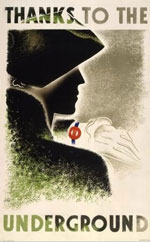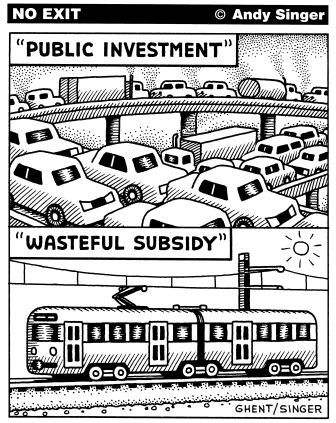More good stuff from Slate’s Tom Vanderbilt (via Bus Nerd):
The Lower Manhattan Expressway—dubbed “Lomex”—which would have coursed in eight-lane glory through the now-vibrant (and expensive) neighborhoods of Soho and Nolita, is one of the world’s most famous unbuilt highways. The epic battle about whether it should be built is virtual mythology in New York City, pitting the sweeping interventions of Robert Moses against that savior of the street, Jane Jacobs, a conflict of networks against neighbors, a struggle over a road that was either essential to Gotham’s 20th century survival or, in the words of Lewis Mumford, was “the first serious step in turning New York into Los Angeles.” (Not thought to be a good thing.)
A recent exhibit* at New York’s Cooper Union, Paul Rudolph: The Lower Manhattan Expressway—complete with an exhaustively recreated scale model* of the proposed road—provided an opportunity to consider the invisible (and sometimes visible) presence of this and other phantom highways in the world’s cities. Existing merely as segments of many-tentacled schemes on faded planner’s maps, they are more than historical oddities or visions of an alternate future. They’re part of an ongoing dialogue about the meaning and possibilities of mobility in the world’s cities: Would their host cities be better off if these highways been built? How should we balance the desire for mobility with the desire to create livable, meaningful urban spaces? Is there any room for the megaprojects of Rudolph in a city that now favors pocket parks and restriped bike lanes?
Seattle even got a shout–for 520’s ramps to nowhere. Here’s hoping for another miracle.


